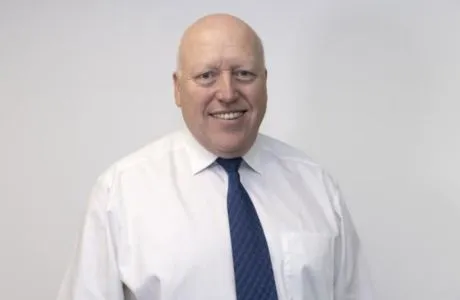
What to do when first charge brokers voice their concerns over how brokers promote second charge mortgages? Simple really: listen.
My role and others in the second charge space is not to patronise or argue with first charge brokers but rather attempt to explain its place in the market.
There has been recent press about second charge mortgage either being misunderstood and underutilised.
Here, I try to give some more layers as to the crucial role the humble second plays in a mortgage broker’s arsenal of products.
Too often we hear of clients being turned away or not being aware that their local mortgage broker can facilitate seconds. The upshot is that some of those clients will go online and into the hands of a business to consumer brokers. Whilst these brokers are doing nothing wrong, the risks should be clear: losing the client’s subsequent remortgage and clawback on protection, for one example
A mortgage broker turned onto seconds with a history of positive experiences for their clients will know the scenarios of when this type of mortgage should be considered, whether it be an ERC on a first charge or income multiples which prevent a remortgage.
I would wager most mortgage brokers are aware of when a second should be considered, but the aim here is to raise awareness to the reasons one is needed in the first place and the flexibility of the product.
Here are two examples:
A client who has two years remaining on a first charge fixed rate mortgage with a heavy ERC for a remortgage requires a five-figure sum for debt consolidation purposes. A second-charge solution could see the client borrowing on a five-year fix with no ERCs at a rate of around 4.55 per cent in the current market, with the bonus of only needing an online valuation to complete.
At today’s rates and in the current environment, this could cost just under £300 a month, freeing up over £1,000 a month for the client.
Another case might see a client in a complex income situation who first charge lenders find it difficult to be comfortable with. Needing up to £250,000 for improvements on a property worth far more than this – say around £1.5m – could see a second charge solution at just over 4 per cent on a five-year fix with ERCs only for the first two years.
Do these examples of why capital is needed ring true for any of your clients? If not, could more interaction with clients during their ERC period be an idea? There’s a strong likelihood that doing so will lead to more conversations that identify the need for a second – or avoid having your clients go elsewhere.
The other question I urge brokers to ask themselves is if you have seen any clients who you could not help that a second may be a good option for.
Seconds have a place in the mortgage market, and they are here to stay. The product uses and worth as an option for regulated capital raising are clearly demonstrated in the examples described above.
In a world where diversity is encouraged, you do not really need to transform your business to cater for second charge mortgages – just heightened awareness and a discussion.
Daniel Yeo, managing director, Specialist Finance Centre


